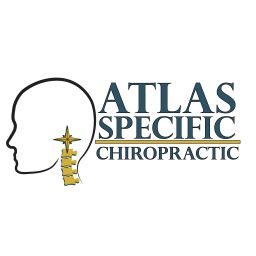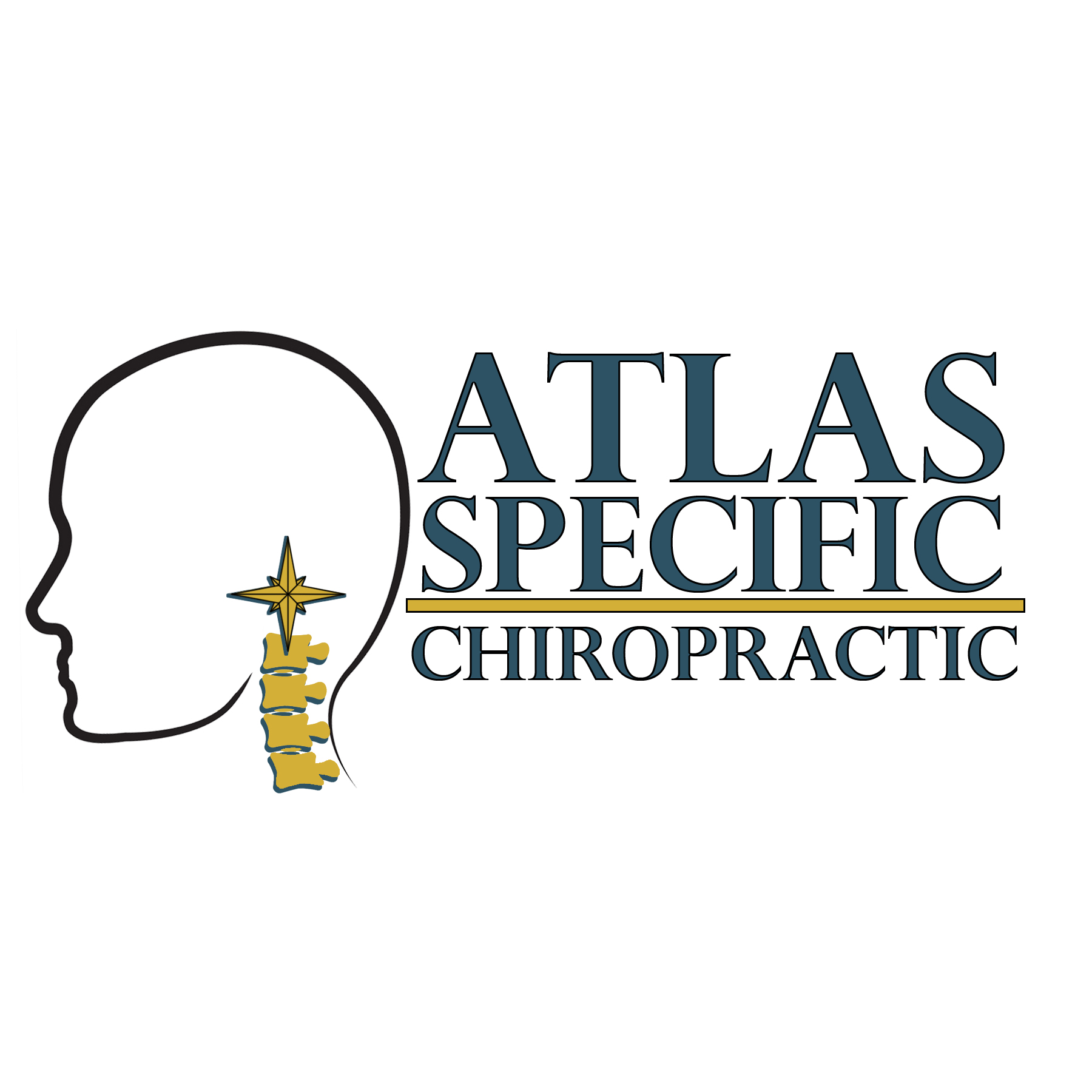
Trigeminal Neuralgia (TN)
Gentle Upper Cervical Care and Lifestyle Support for Severe Facial Pain
What Is Trigeminal Neuralgia?
Trigeminal Neuralgia is often called the “suicide disease” because of how severe the facial pain can be. It affects the Trigeminal Nerve (the 5th cranial nerve) and causes sudden, sharp, lightning-like jolts of pain in the face, jaw, or teeth. These episodes might be triggered by simple actions like brushing teeth, eating, or even a light breeze across the face. The pain can last seconds to minutes, but it often recurs repeatedly.
The book What Time Tuesday? chronicles the author James Tomasi’s 12-year ordeal with trigeminal neuralgia and how he finally found relief through upper cervical care.
Why Trigeminal Neuralgia Happens
TN often develops when the trigeminal nerve becomes irritated, compressed, or damaged.
-Common contributing factors include:
-Blood vessel compression of the nerve root
-Multiple sclerosis or other neurological conditions
-Trauma or surgery near the nerve
-Jaw or dental issues that strain the nerve
-Postural strain and neck misalignment
One often-overlooked contributor is misalignment in the top of the neck. The upper cervical vertebrae (the atlas and axis) sit directly beneath the skull and close to the brainstem and trigeminal nerve entry point. Even mild misalignment can lead to irritation of nerve roots and altered nerve signalling.
The Upper Cervical / Nerve Connection
At Atlas Specific Chiropractic in Hiawatha, Iowa, we focus on the atlas (C1) and axis (C2) vertebrae because of their proximity to the brainstem and the trigeminal nerve pathway. When these bones shift even slightly:
-The trigeminal nerve can become strained or irritated
-Nerve messages may travel abnormally, leading to pain
-Muscles, joints, and connective tissues around the neck and jaw may over-compensate
-Circulation and cerebrospinal fluid flow may change, increasing nerve sensitivity
We use functional scans (Tytron), 3-view x-rays measured to the 1/100th degree/millimeter, and the AHKC (Advanced HIO Knee-Chest) technique to correct these misalignments gently and precisely.
Home Remedies & Lifestyle Support
While professional upper cervical care is often the key to lasting relief, supportive home strategies can reduce triggers and improve your overall nerve health:
🥦 Diet & Nutrition
-Cut out sugar and refined carbs — high blood sugar and insulinemia may increase nerve sensitivity and inflammation.
-Consider a low-carb or ketogenic diet — limiting for a time carbs can reduce nerve excitability and inflammation in some neurological conditions.
-Stay well hydrated — dehydration can contribute to nerve irritability and pain sensitivity.
-Include healthy fats (omega-3s, olive oil) and plenty of non-starchy vegetables to support nerve health and reduce inflammation.
🔧 Lifestyle Habits
-Heat therapy — gentle heat (such as a warm compress or neck wrap) can relax tight neck and jaw muscles that contribute to trigeminal irritation.
-Jaw & neck posture awareness — avoid hanging your head forward, support good posture, limit long periods of phone or screen use.
-Reduce triggers — for many TN sufferers these include cold wind, touch or motion on the face, extreme temperature change, stress.
-Stress management — techniques like deep breathing, guided meditation, or gentle movement (yoga, stretching) reduce nervous system reactivity and pain response.
🎯 Why These Help
By improving neck posture, reducing inflammation, and calming nerve signalling, you give your upper cervical system a more stable environment. This supports your adjustment results and may reduce the frequency or intensity of TN episodes while you undergo professional care.
What to Expect with Upper Cervical Care for TN
Your journey at Atlas Specific Chiropractic typically includes:
1. Initial consultation & exam – We review your history, triggers, and facial pain episodes, and evaluate your head/neck posture.
2. Functional neurological scans – Tytron thermography to assess nerve irritation and imbalance around the neck/brainstem region.
3. Precision 3-view x-rays – We measure atlas/axis alignment down to 1/100th of a degree/millimeter to plan the correction precisely.
4. Gentle correction with AHKC technique – Safe, specific adjustment targeted to your unique measurements.
5. Follow-up and monitoring – We track your response, jaw/neck posture, pain frequency, and nerve sensitivity over time.
Many patients with trigeminal neuralgia report substantial improvement in pain frequency and intensity after upper cervical correction — especially when combined with lifestyle supports.
Take the Next Step
If you’re living with intense facial pain, jaw pain, or have been diagnosed with trigeminal neuralgia but haven’t found lasting relief, it’s time to address the root cause. Upper cervical chiropractic may be the missing piece you need.
At Atlas Specific Chiropractic in Hiawatha, Iowa, we’re dedicated to helping people like you reclaim life from pain.
📞 Call (319) 343-8540 or schedule your first visit today to learn how our gentle, precise approach can make a difference.
Open Hours
Monday, Tuesday, Thursday
9:00 - 6:00
Wednesday
12:00 - 6:00
friday
9.00 - 2.00
© Atlas Specific Chiropractic | Powered by Webflow.




